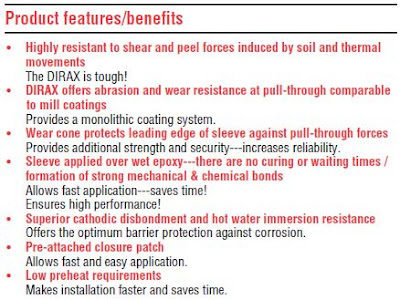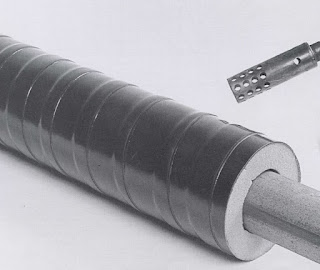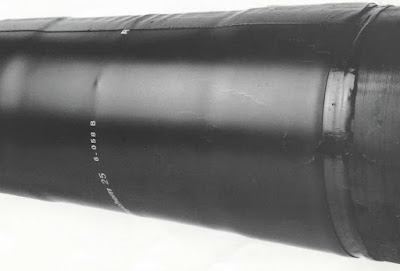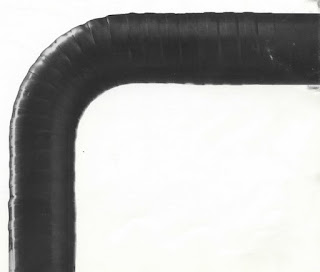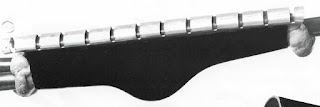DIRAX Directional Drilling Pipe Coating
In the world of pipeline coatings, no application is more demanding on a coating than road bores, bundled road bores and directional drills. The sheer force involved with dragging one or more pipelines through a bored out hole that might stretch for thousands of feet is incredible. Sure, different types of mud are often used to bring lubrication into the picture, but gravity is still going to be pulling that pipe down to drag on the lower end of the bore hole. There are still going to be potential rocks, tree roots, gravel and other debris that could possibly crash into that pipeline. These are dangerous applications that will certainly impact the life of your pipeline.DIRAX is a multi layer coating system. The first layer and the primary corrosion coating on the bare steel of your field joint is a two part, curing epoxy (S1301M). The second layer brings a high shear copolymer adhesive. The third and outermost layer is a radiation crosslinked high density polyolefin backing with a layer of a fiber mesh woven into the inside of it. Then; at the front end; you do it all again with the wear cone which will be installed 1/2 on the leading edge of the DIRAX sleeve and half on the factory applied pipe surface. On the front end; this is a 9 layer pipe coating all working together cohesively to keep anything from getting close to your pipe surface.
- DIRAX is highly resistant to shear and peel forces induced by soil and thermal movements. DIRAX is tough.
- DIRAX offers abrasion and wear resistance at pull through comparable to mill applied coatings. DIRAX creates a monolithic coating system for your field joints.
- The wear cone protects the leading edge of the sleeve against pull through forces and provides additional strength and security; increasing reliability.
- DIRAX sleeve is applied over wet epoxy. There are no curing or waiting times before the strong mechanical and chemical bonds are formed. Application is very fast; saving a lot of man hours.
- Superior cathodic disbondment and hot water immersion resistance offers the optimum barrier against corrosion.
- Pre-attached closure strip allows fast, easy and repeatable application.
- Low preheat requirements mean faster installation time.
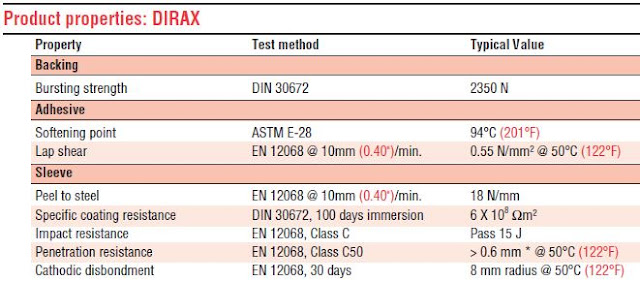 |
| Just a few of the data points for the DIRAX coating system |


